Navigation
Install the app
How to install the app on iOS
How To Use Progressive Web App aka PWA On 420 Magazine Forum
Note: This feature may not be available in some browsers.
More options
You are using an out of date browser. It may not display this or other websites correctly.
You should upgrade or use an alternative browser.
You should upgrade or use an alternative browser.
The Proper Way To Water A Potted Plant
- Thread starter Emilya Green
- Start date
- Thread starter
- #262
Emilya Green
Well-Known Member
Thanks for the question GA4hd. Growing outdoors is completely different than trying to grow artificially in a container. When it rains outside, the water soaks into the ground in a completely different way than it does in a closed container. Plants growing outside don't need to be transplanted because they have naturally adapted to develop two sets of roots, one that go down deep chasing the water after a rain, and then the top set that spreads out wide along the surface to gather the water and nutrients up there and choke out competing plants. In a plant growing outside without restraints, you will find that both of these sets of roots develop a much larger surface area (as you said, evenly spread out to the sides) than we can achieve in a container and as a result the roots are naturally much more robust than will happen in a container. In a container we attempt to grow a root ball... but outside there is no reason for the roots to "ball", they simply spread out. It is the ball that we have to create in a container that takes extra effort to accomplish, allowing us to develop the same amount of roots, in a smaller space. The "ball" is as artificial as is the container itself, and successive uppotting is the only method we have in order to try to accomplish the square footage of roots that happens naturally in a plant out in nature.Just a small question about Why do we up-pot?, its like 12th paragraph, first post. How's that not an issue - developing just vertical root system to the bottom - when we grow outdoor? i was moving few plants and they always had nice bushy root system, evenly spread to the sides.

Hope this helps,
Hope everyone is doing well!
Emmers
oldanintheway
Well-Known Member
this is one of the better threads that I have come across so far. 

handjive4mota
New Member
x
Rramos0112
420 Member
The Proper Way to Water a Potted Plant
Also covered: the importance of pH and why we successively up-pot
How to Water
Over the last several years I have put a lot of study into this, and I feel that I can now define the proper way to water a potted plant. Keep in mind that this discussion applies to at least 3 gallon containers and bigger. Please realize that this special plant of ours does not grow like anything else you have ever tried to grow, and no matter how good you are at growing peas, beans and tomatoes, you will have to change your methods to grow a weed.
The first rule of watering is to always water slowly, using no more than a quart at a time, pausing often to let the soil suck air in behind the water as it pools on the top. For me, that involves a routine of watering each of my plants with 1 quart, then taking a nice relaxing drink of whatever beverage I have brought with me to the tent. Then I take a deep breath, making sure to exhale deeply onto this plant, letting her know that I love her. After this, I take a nice big hit off of the pipe that also followed me into the tent, and then after a nice pause and maybe another drink, I go back to plant #1 and repeat the cycle. For 2 rounds, I water the entire surface of the soil, watching it pool up and get sucked down.
After this initial wetting of the top, my watering method changes a bit. Now, I want to do whatever I can to make the outside edges of the container, the wettest areas. Still only using a quart at a time, I now carefully water only there, all around the plant, only on the edges. While doing this, I slow down a bit so that the water doesn't pool as much in the center, always concentrating on the edges. The center will end up getting some too, and that's fine, but the wettest areas of the pot will be on the outside edges and you will be driving nutrient rich soil into the dense original root ball. Continue this, again going slow, maybe with a deep breath in the middle of it, and then continue all around, taking drinks, deep breaths and hits in between each round. Continue until you see the first signs of runoff, and then stop.
Look carefully at the surface of your container now. You will clearly see where the root ball is from your last transplant, because it will now be sticking up just a little bit above the original outer rim. Very fine soil has been driven through the original root ball with the flow of water and soil from the outer edges. This micro fine soil is very rich with nutrients because of its mobility. When you water from the outside edges, you force this micro fine sludge into the dense root ball, where it can do the most good. Once you establish this flow pattern in the container, you can be assured of totally replacing the micro soil in the center of the root ball with new soil, every time you water. Watering in the normal way does not create his circular flow, and root growth cannot be nearly as aggressive.
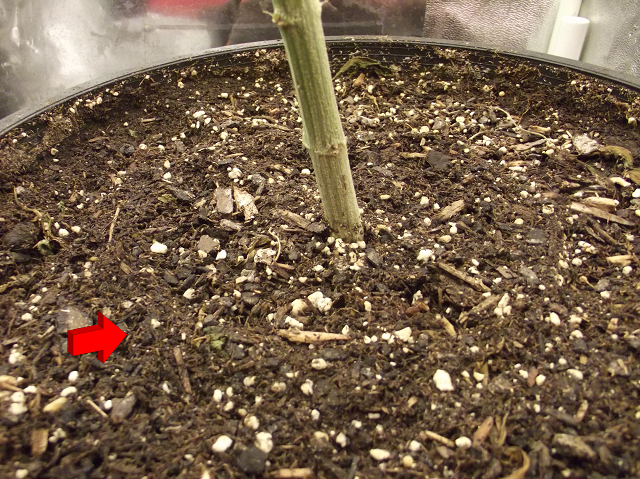
Lastly, take one last quart of water, and water very very slowly, just in the raised area where the original root ball is. As you do so, watch what happens at the outer edge of the original root ball.
You will see the very finest soil, almost a mud, migrating out of the old root ball, and into the middle! This completes the process of soil exchange in the container. In this manner, all the roots get to take advantage of the nutrients in the soil, and the roots follow the migration of the nutrient rich soil, toward the outer edges, creating lateral growth. I strive to actively drive the soil out of the middle, making room for the roots to grow more dense and bigger there, and as they do, the lateral growth also has to increase. Using this method, I have seen a steady increase in the amount of water needed to get to run off throughout the grow and by the end, plants watered in this way use approximately 30% more water than is seen using standard watering techniques. Watering in the manner I have described allows for a constant circular flow of soil throughout the container and will create an extremely dense root ball.
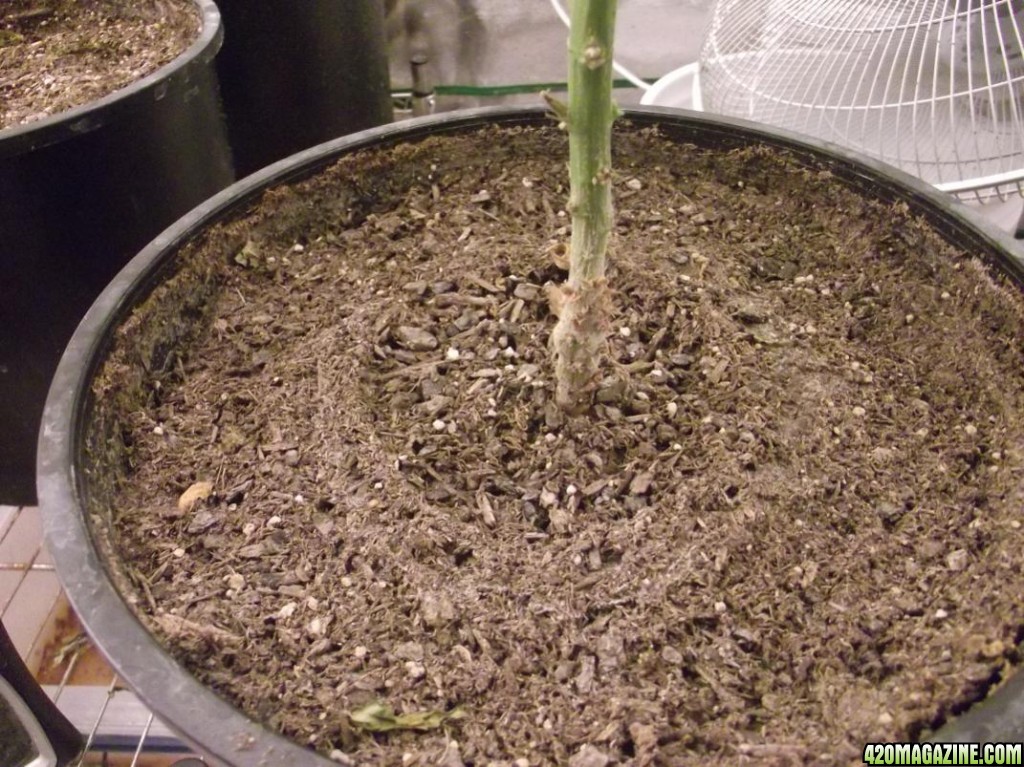
Now it is time for a truism. It is best to water the roots, not the plant. A healthy and robust root system means a happy and productive plant. Neglect the roots and your plants can die, and certainly will be less than they could have been.
When do we water?
By far, one of the most common plant problems that I see with new gardeners is a lack of understanding as to when to water. New people get it set in their mind that watering every day or every other day is best, or that somehow, mysteriously, they know in their own human minds exactly how much water the plants need. These well-meaning new gardeners will determine that they will give exactly one quart or some other random amount, each time, no more... and no less, and really believe that they are doing a good thing for their plants, making these decisions for them.
Just as bad as these over-thinkers are the tomato gardeners, the "stick your finger in the ground" crowd, who proclaim: it's time to water when it is dry below the second knuckle. What they fail to realize is that when the top 2 inches is dry, the lower half of the container could still be saturated with water. Both of these common mistakes in watering methods are quick ways to drown your plants. These methods are not correct for growing weeds, and using them can actually kill your plants.
Marijuana is a weed, and the main thing that this scientific term refers to, is a class of plant that thrives in adversity. In order to grow it well, you need to understand that this incredibly robust plant works differently than other, less hardy plants. It is an extremely aggressive grower if you allow it to be, and to grow prize winning pot, you need to use its abilities to send out new roots to your advantage.
Watering incorrectly is the most common mistake that new weed farmers make. This plant needs a clear wet/dry cycle in order to thrive. If you keep it moist, you will kill it. The roots will aggressively chase your water, whatever you give them. If you just give a small amount every couple of days, that water will drop right to the bottom of the container. Your roots will follow, and will cluster on the bottom, instead of growing laterally throughout the container, and since they continually sit in the nutrient rich water, the plant sees little need to grow additional roots. How you water makes a huge difference in the formation of the root ball, and how this development happens is up to you.
There are many ways to tell when it is time to water, and if you wait long enough the girls will actually tell you that they are thirsty. They do two things when they see that they need water, they throw out a smell, and they begin to wilt, starting at the bottom, moving up. You can also use the lift method to tell when the container is dry, and almost always you will "feel" a dry container, before the above mentioned wilt and fragrance pump happens. Rusty Trichome taught me an important lesson; every time I think that I need to do something to my plants, I wait a bit... and I try to move at the speed that my plants are moving. "Patience, above all else." --Rusty
If you have a moisture meter you can also use it to find where the wet/dry (water table) line is in your container, and you can watch that wet/dry line move down over time. I used to graph my water table level by day, so that I could project ahead when the wet dry line would reach the last inch of container. Your wet/dry line will never go lower than that last inch or so, because once you get down in there, you are in all the big tap roots and mass at the bottom, and it tends to stay wet there longer because of capillary effect. Again, if you wait for the first sign of wilt and that perfume pump that happens at "water me" point, it will usually be just a bit longer than your measurements would indicate. Once the water table line is anywhere in that bottom inch is ok to water. You have dried out 95% of the water by that time and the roots have been chasing it as the wet/dry line progresses both downward and outward. The suction caused by the diaphragm that is the water table, will have pulled oxygen down deep into the container, and filled any voids. The roots will be happy.
Why do we up-pot?
The art of successive up-potting is important in growing a healthy root system. People like to be lazy. I am constantly seeing new gardeners take a little sprig of a weed and put it in a big 3 or 5 gallon container, thinking that they have done a good thing, and are now done with it... it's on to harvest time! The problem is, this doesn't work, because it gives you zero control over developing the roots, and without crazy watering techniques, almost no chance of a solid root ball forming. It is imperative to successively up pot your plants through stages so that the root system can roughly take on the same size and shape as the plant in order to get the maximum productivity. The roots grow aggressively in these weeds, and if you confine them to a container the size of the plant, they will fill that space in a short time with a dense root system. Putting a plant in an oversized container can and often does, result in all the roots going to the bottom, drowning the plant, root rot and overall poor health because of a lack of a root ball, and certainly less than optimum harvests. It is important to force these weeds into producing a root ball at various stages, to give the plant the ability later on to take in the massive amounts of nutrients needed to produce lots of quality buds.
The plants in the smaller containers can also more directly show you when they are thriving or more importantly when they are not. A strong healthy plant will eventually outgrow its container and an observant gardener is carefully watching the length of time between wet/dry cycles, and directly relating shorter cycles with more robust roots. A smaller container also gives the gardener the ability to see when the moment arrives that the amount of soil the plant is in is no longer large enough for the plant's abilities to be happy in it, because it will be obvious when the plant can drain the water that soil is able to hold, in less than 24 hours. Your soil and your container at that point have ceased at that point to be a good enough buffer, and it is time to double the space the roots have to work with. Let your plant show you when that time is, and try not to make decisions for her.
Why is pH important?
Some people claim that pH is not important, and if you are a pure organic gardener, never applying chlorinated water or salt based synthetic nutrients at your plants, pH indeed is not important. For the 99.9% rest of the world, a very important lesson for the new gardener to learn is the importance of pH. There is a scientific reason why a proper pH allows the plants to use synthetic nutrients, and why being outside of the proper range can cause deficiencies. If you want to grow pot using chemicals, you need to invest in a method to test the pH of any water going into the plant, whether it is plain water or water mixed with nutrients, and whether it is applied to the roots or sprayed on the leaves. If you neglect the pH, you can easily create deficiencies in your plants, and if left unchecked, you can even kill them. If you spend a lot of money on nutrients, it makes sense that you would want to also create the proper environment so that the plant can use these nutrients, but with a pH way out of the 6.3-6.8 range in soil, a lot of those expensive nutrients will just sit there, not doing the plant any good. If you are in a soilless mix, pH in the range of 5.5-6.1 is necessary. It is only within these ranges that all the nutrients are mobile, are able to be broken free of their salt bonds and be in the form that can go into the plants. Most soils and systems are designed so that you can apply liquids at a lower pH and then the soil or the soilless mix causes a drift, so that the pH can visit each spot in the usable pH range for that medium, and all of the 17 needed nutrients will be picked up, each in its turn.
I hope that this study on containers, watering and pH helps someone who reads it. This paper was a result of having to explain these same concepts over and over and over again to new growers at they hit the forums, until finally I put all these thoughts together into this paper. Some of the thoughts previously given have also been refined for this publication, as questions were asked and answered the last time I posted it, and I have learned better ways of explaining my thoughts. Here, I give you, approximately draft 10 of this paper.
Be well everyone and blessings from my garden to yours,
Sense Emilya
I wouldve switched my plants to flower 2 weeks ago if I had seen this post, it makes so much sense.. Im a new grower eager to see my plants flower, so I fell for the stupid knuckle technique and sure enough problem after problem, so instead of cutting them out, i put them in my infirmary to watch them close and get them healthy again, which is working the are looking better and the pot doesnt weight like 50 lbs anymore i also sterilized my grow tent and put some fresh clones in there, and I plan to follow this technique, not because the other technique failed but because your way makes more sense... thanks for illuminating us..
Rogue420
Well-Known Member
This is spot on. I follow a very similar regime and it definitely works. Well done mate, awsome bit of information!
- Thread starter
- #268
Emilya Green
Well-Known Member
Happy New Year Everyone! Thank you for the continued comments and support! -- Emmers
Mike420husker
Well-Known Member
Em, thank you for all your help and have a Happy New Year.
happy growing
happy growing
Hi Emilya
Thank you for this post, it made me understand what I have been doing wrong. I have been over watering recently. I wanted some advice, I have 6 pots, all 1litre pots if I'm not mistaken. Grew nicely without too much attention and water. Oh I'm growing them outdoors and I would like to keep them in those 1litre pots, I feel the need to take each one our and add more soil as they gone thin and tall since I trimmed and topped. I noticed one plant started getting brown marks on it and others were droopy, the droopy is definitely from over watering. Any idea why it's brown? I have attached pics of the plants. Do I need to add soil using the method you mentioned in one of the posts, oh I read every single posts on this thread and I learnt ALOT! I'm going to just leave them for a while, it gets really hot here in South Africa, usually around 28-34 degrees. I'm using tao water and we have lovely drinking water and the pH level is between 8 and 8.4,that is fine right? So please I need advice on the following, do I leave them for a while till they dry? Do I add soil? Can I keep them in these pots? Do I need to put the stem further in and cover it with soil? Is it fine if I don't give it any nutrients apart from those food sticks you buy at a supermarket that nourishes plants and veggies for approximately 100 days. Any other suggestions etc will be highly appreciated.
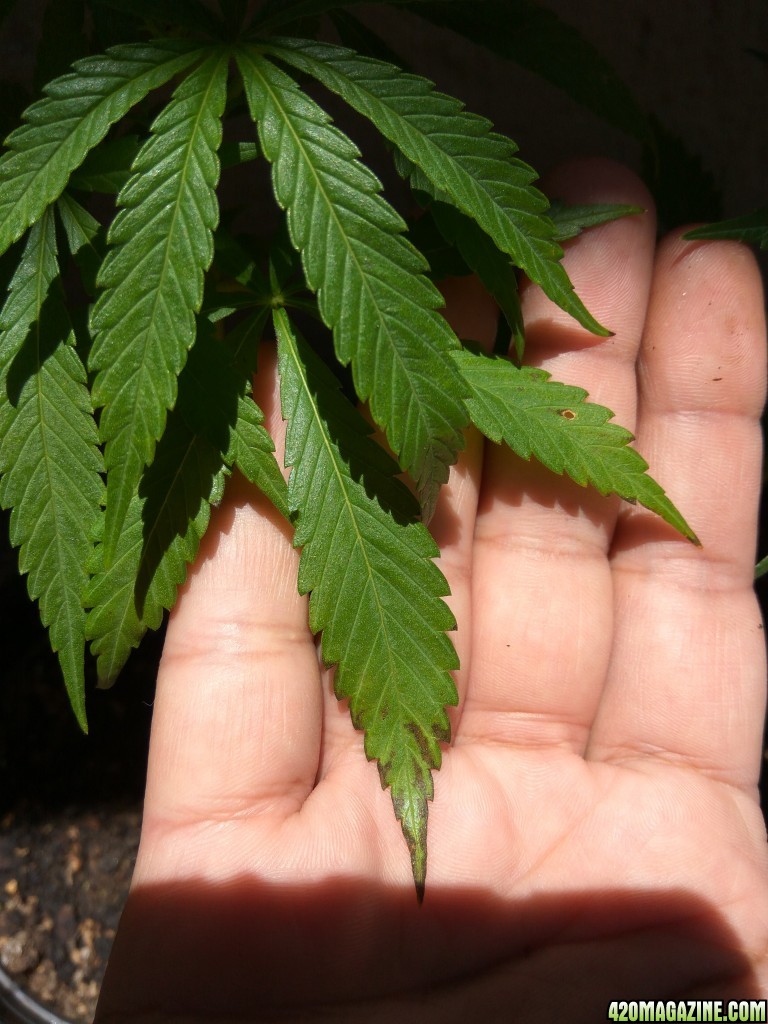
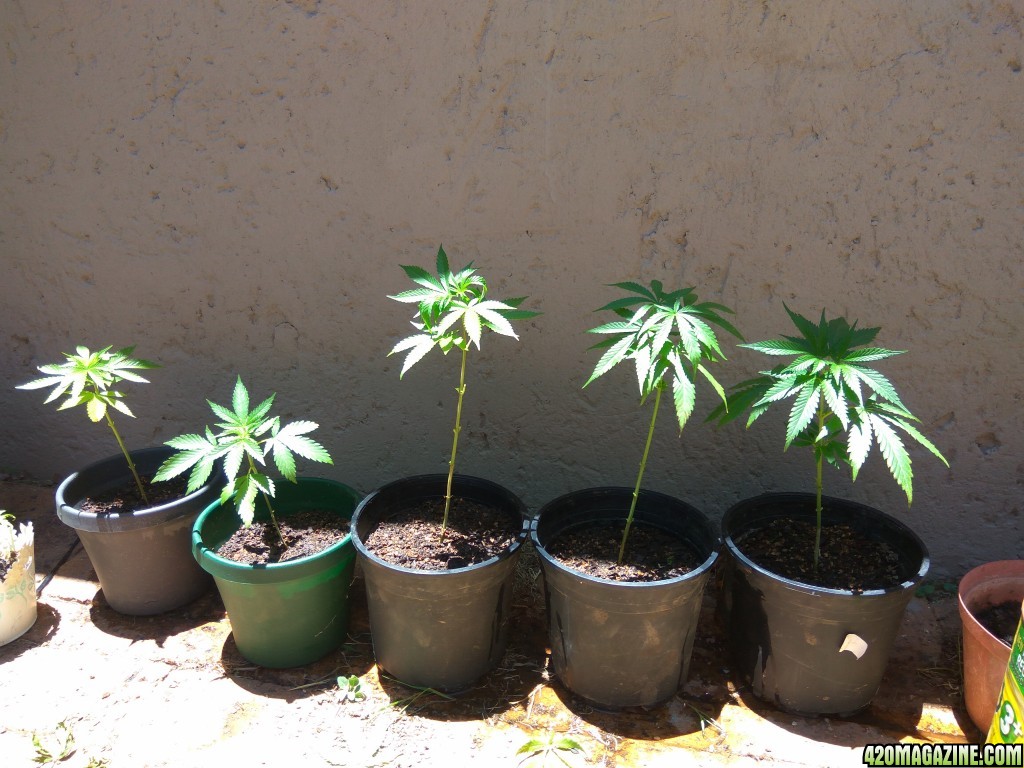
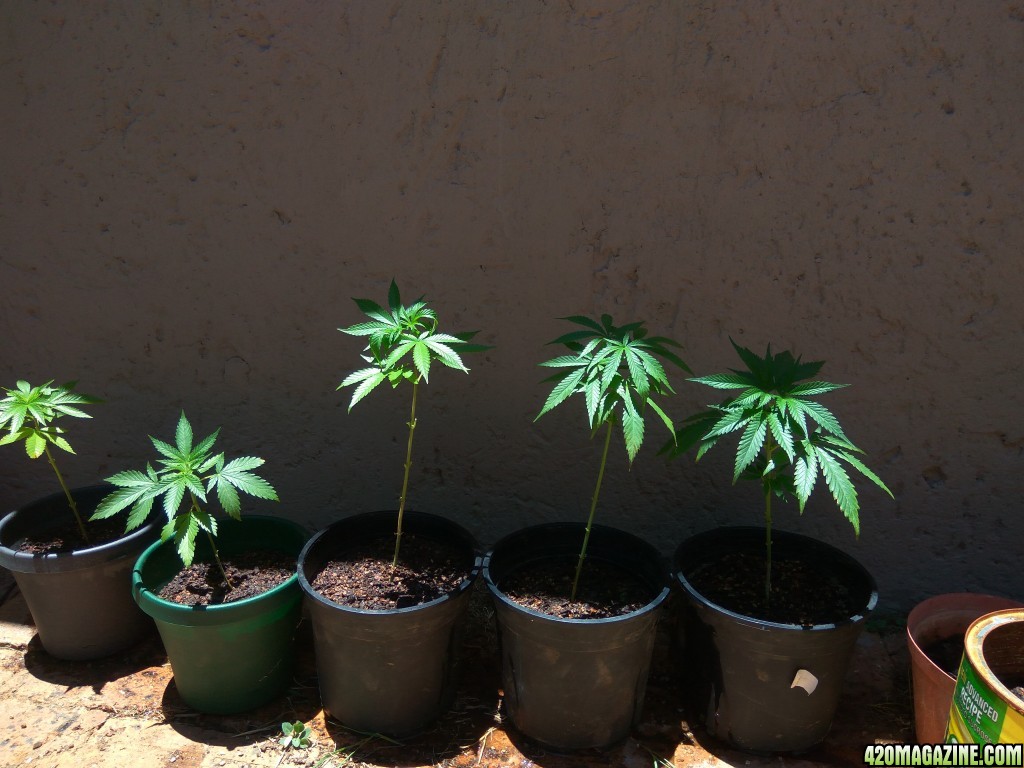
Thank you for this post, it made me understand what I have been doing wrong. I have been over watering recently. I wanted some advice, I have 6 pots, all 1litre pots if I'm not mistaken. Grew nicely without too much attention and water. Oh I'm growing them outdoors and I would like to keep them in those 1litre pots, I feel the need to take each one our and add more soil as they gone thin and tall since I trimmed and topped. I noticed one plant started getting brown marks on it and others were droopy, the droopy is definitely from over watering. Any idea why it's brown? I have attached pics of the plants. Do I need to add soil using the method you mentioned in one of the posts, oh I read every single posts on this thread and I learnt ALOT! I'm going to just leave them for a while, it gets really hot here in South Africa, usually around 28-34 degrees. I'm using tao water and we have lovely drinking water and the pH level is between 8 and 8.4,that is fine right? So please I need advice on the following, do I leave them for a while till they dry? Do I add soil? Can I keep them in these pots? Do I need to put the stem further in and cover it with soil? Is it fine if I don't give it any nutrients apart from those food sticks you buy at a supermarket that nourishes plants and veggies for approximately 100 days. Any other suggestions etc will be highly appreciated.



- Thread starter
- #271
Emilya Green
Well-Known Member
Hi Emilya
Thank you for this post, it made me understand what I have been doing wrong. I have been over watering recently. I wanted some advice, I have 6 pots, all 1litre pots if I'm not mistaken. Grew nicely without too much attention and water. Oh I'm growing them outdoors and I would like to keep them in those 1litre pots, I feel the need to take each one our and add more soil as they gone thin and tall since I trimmed and topped. I noticed one plant started getting brown marks on it and others were droopy, the droopy is definitely from over watering. Any idea why it's brown? I have attached pics of the plants. Do I need to add soil using the method you mentioned in one of the posts, oh I read every single posts on this thread and I learnt ALOT! I'm going to just leave them for a while, it gets really hot here in South Africa, usually around 28-34 degrees. I'm using tao water and we have lovely drinking water and the pH level is between 8 and 8.4,that is fine right? So please I need advice on the following, do I leave them for a while till they dry? Do I add soil? Can I keep them in these pots? Is it fine if I don't give it any nutrients apart from those food sticks you buy at a supermarket that nourishes plants and veggies for approximately 100 days. Any other suggestions etc will be highly appreciated.
Hi Potplant... greetings to one of my favorite places in the world, SA. I have family there, and get over there every few years to vacation at Victoria Falls.
I see several things in your pictures, and I see an incomplete picture of what has happened so far. Where is all the lower growth? What happened to it... did it also get brown spots like what we see in a few of these leaf tips?
Also, the dramatic green and the browning at the tips of what is now your lower growth appears to be an over fertilization problem. Don't underestimate those plant spikes... they are pretty powerful. I suspect you overdid it a bit with them. Hard to tell though, since you have cut off my view into the past by removing all the lower, as you said, thinned out growth.
Your tap water is ok for now at 8+ pH, but it will not be when the plants move into their flowering phase. At that point your plant stakes and their nitrogen will need to be replaced with a fertilizer rich in phosphorus and potassium, and nitrogen will become much less important. You are going to need to find a way to lower your tap water pH down to 6.3 or so so that your plants can take up the nutrients.... the nitrogen phase is fairly forgiving of the high pH.
I also recommend strongly that you put them in a little more soil that 1L. If you can find 3L containers that fit in your grow area, that would give you a lot more room for the roots to grow as these plants mature and get ready for flowering season very shortly. By uppotting you also get a lot of good fresh soil in there too, and a good rich organic soil might get you most of the way through flower even without additional nutrients.
I also suspect a magnesium deficiency... and recommend you to find a calmag+ type product or DIY some using the methods I have given in other posts.
So, regarding the earlier thinning.... how did it start? Did the browning progress from bottom to top or all of a sudden all over, or was it some other kind of damage, such as bugs?
Hi Potplant... greetings to one of my favorite places in the world, SA. I have family there, and get over there every few years to vacation at Victoria Falls.
I see several things in your pictures, and I see an incomplete picture of what has happened so far. Where is all the lower growth? What happened to it... did it also get brown spots like what we see in a few of these leaf tips?
Also, the dramatic green and the browning at the tips of what is now your lower growth appears to be an over fertilization problem. Don't underestimate those plant spikes... they are pretty powerful. I suspect you overdid it a bit with them. Hard to tell though, since you have cut off my view into the past by removing all the lower, as you said, thinned out growth.
Your tap water is ok for now at 8+ pH, but it will not be when the plants move into their flowering phase. At that point your plant stakes and their nitrogen will need to be replaced with a fertilizer rich in phosphorus and potassium, and nitrogen will become much less important. You are going to need to find a way to lower your tap water pH down to 6.3 or so so that your plants can take up the nutrients.... the nitrogen phase is fairly forgiving of the high pH.
I also recommend strongly that you put them in a little more soil that 1L. If you can find 3L containers that fit in your grow area, that would give you a lot more room for the roots to grow as these plants mature and get ready for flowering season very shortly. By uppotting you also get a lot of good fresh soil in there too, and a good rich organic soil might get you most of the way through flower even without additional nutrients.
I also suspect a magnesium deficiency... and recommend you to find a calmag+ type product or DIY some using the methods I have given in other posts.
So, regarding the earlier thinning.... how did it start? Did the browning progress from bottom to top or all of a sudden all over, or was it some other kind of damage, such as bugs?
Thank you so much for your quick response! Glad to hear that you make a trip here! Best thing for you, will probably be the currency conversion lol.
OK so here's a pic from the 28th of November, unfortunately when I started I didn't note down the date etc.
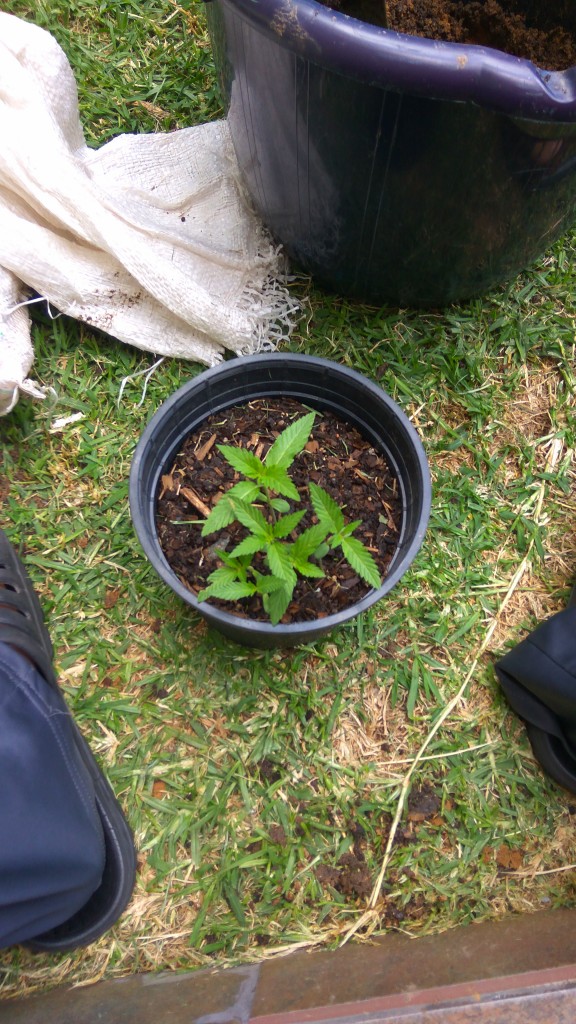
Here's a pic when I tried to determine the sex but found out its too early.
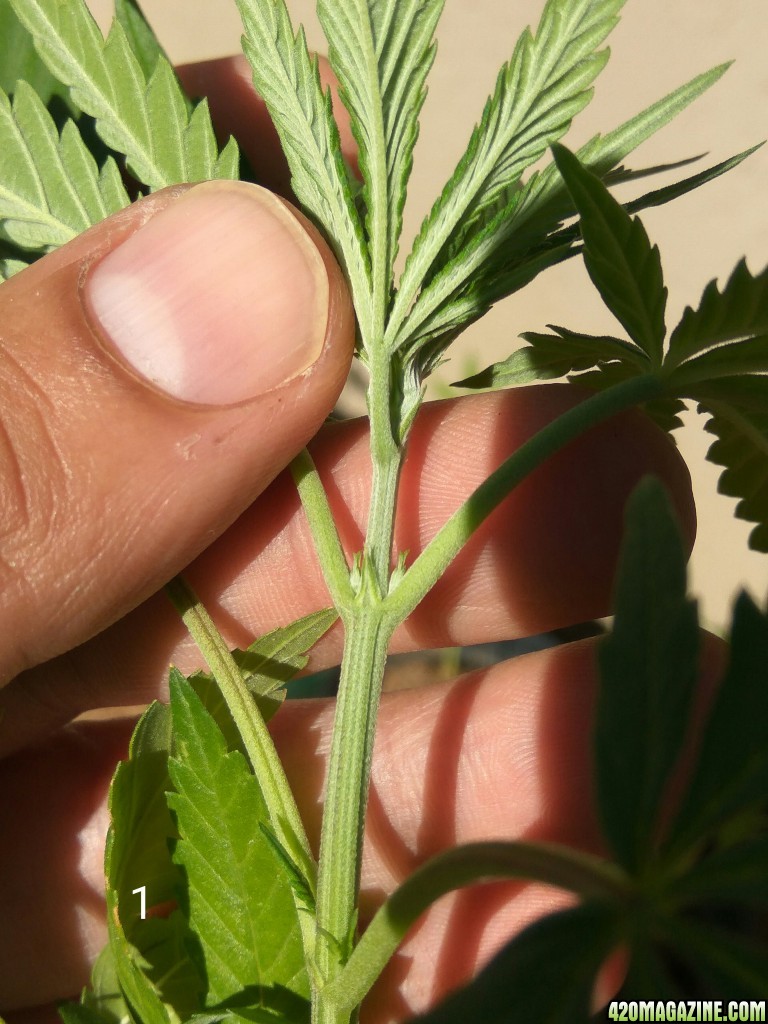
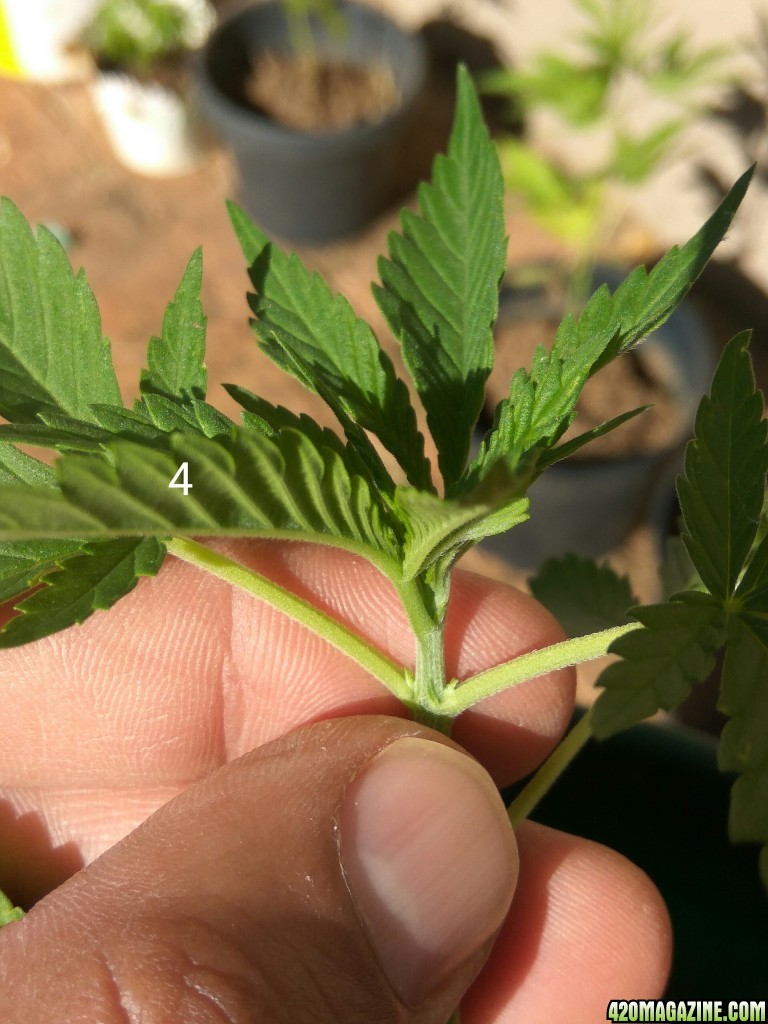
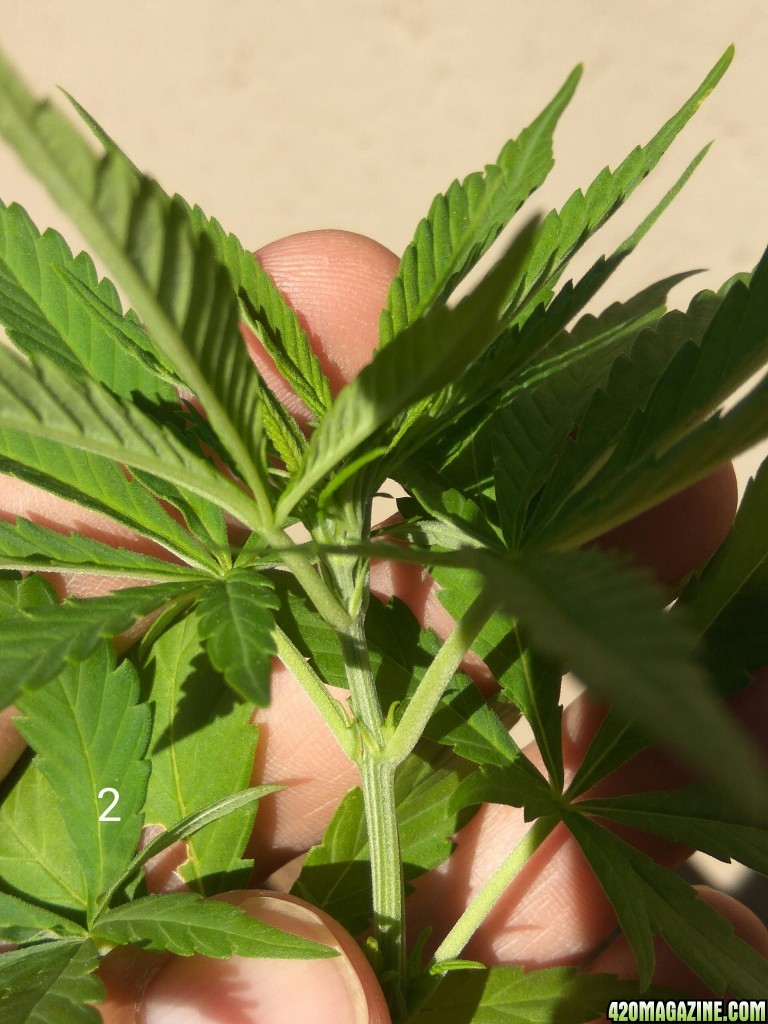
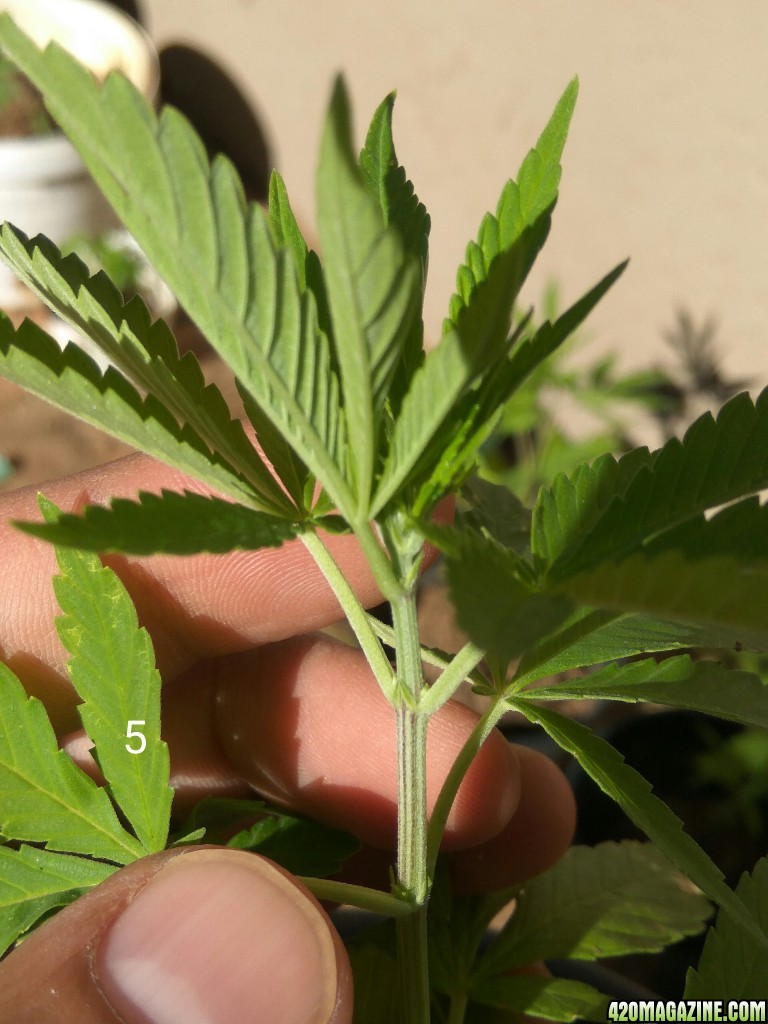
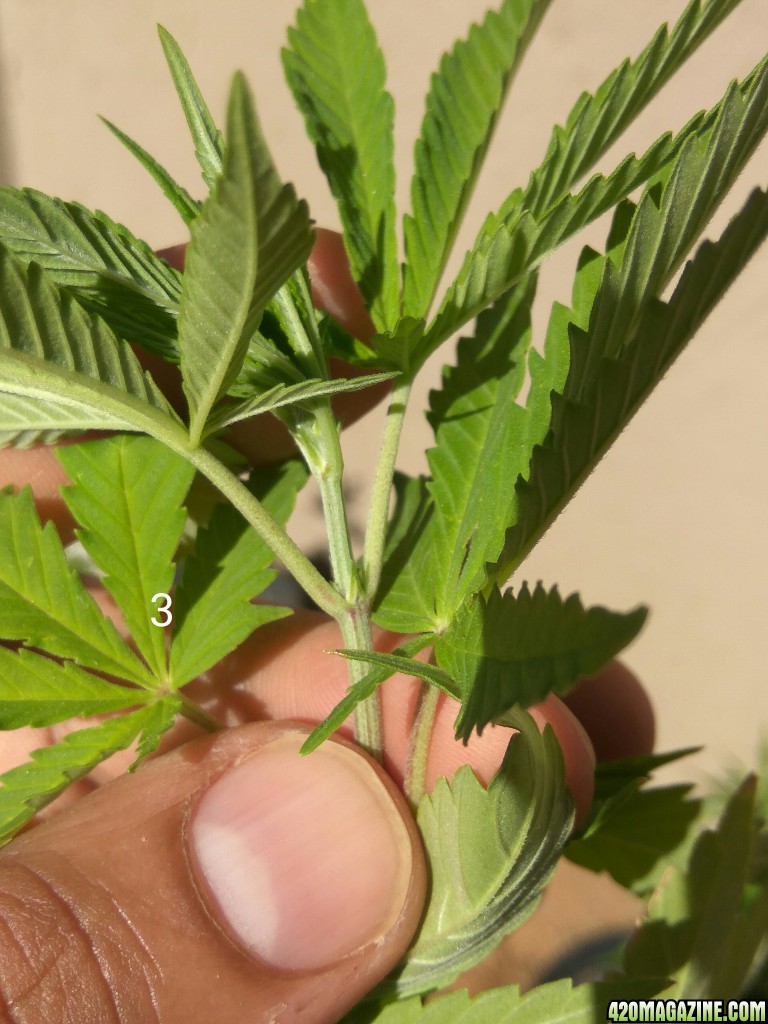
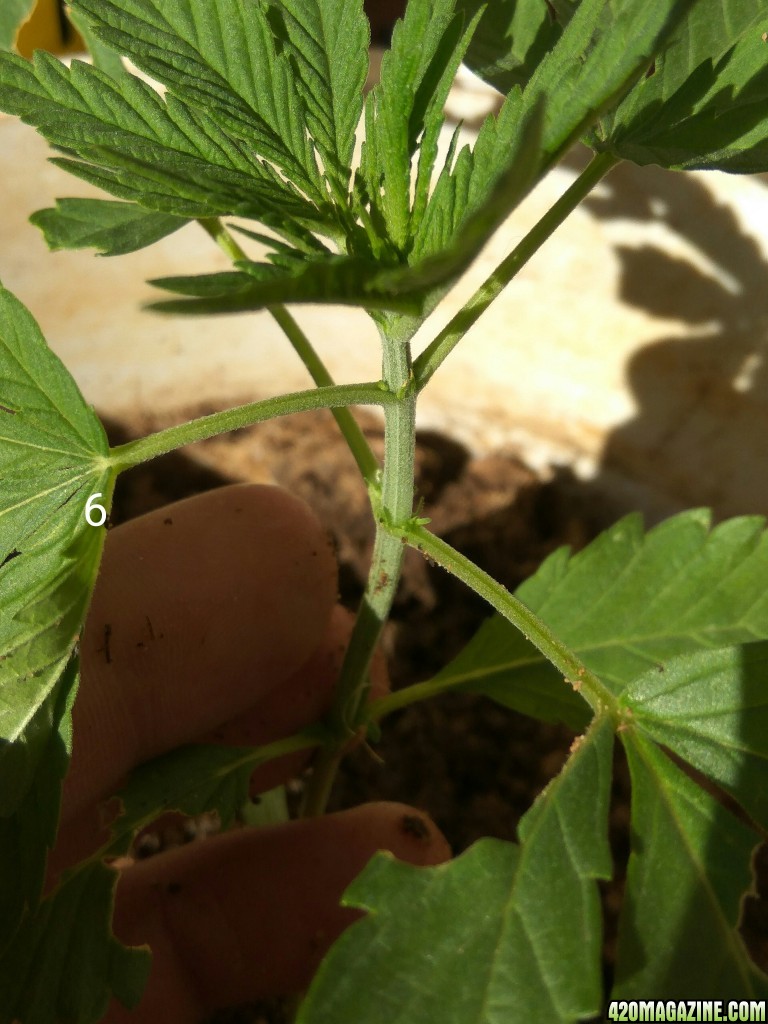
After the 4th I transplanted one plant into another pot as I had 2 growing in one pot.
I used this compost mixed normal ground soil outside my house
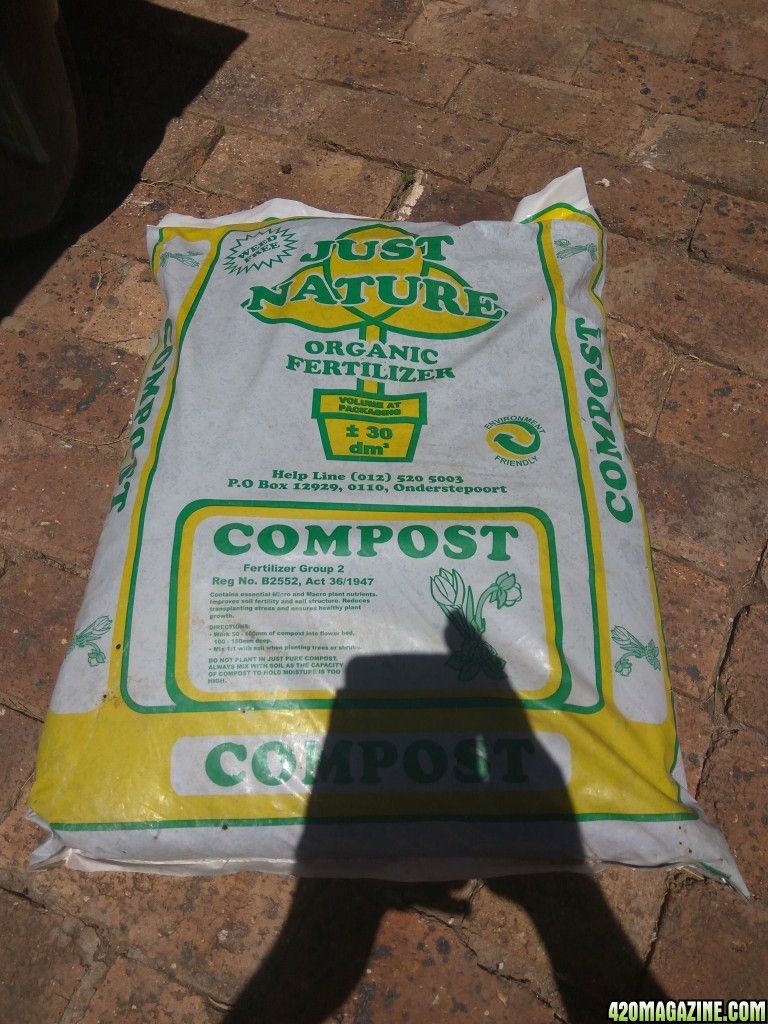
I eventually added some of this "fertilzer" just after they were about a month old as I felt the soil level was too low
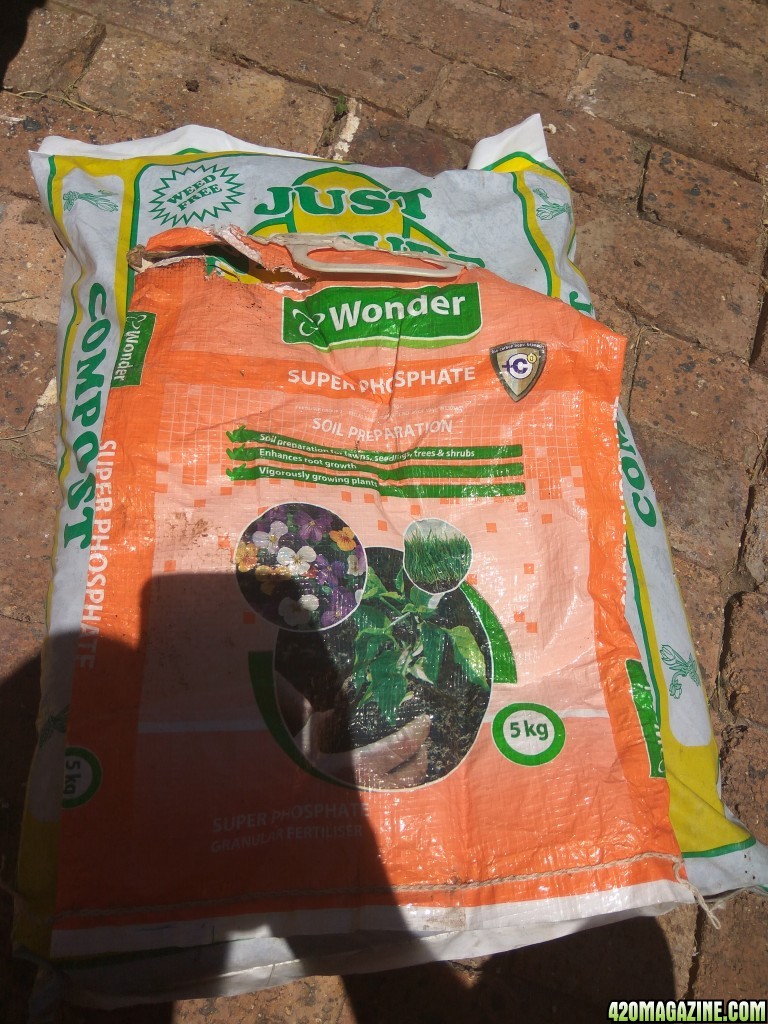
Here's a pic from the 4th of Jan before I trimmed and topped. a pic before I trimmed more as the bottom leaves were getting brown and few plants had bugs so I made a homemade pest repellent that I found on here.
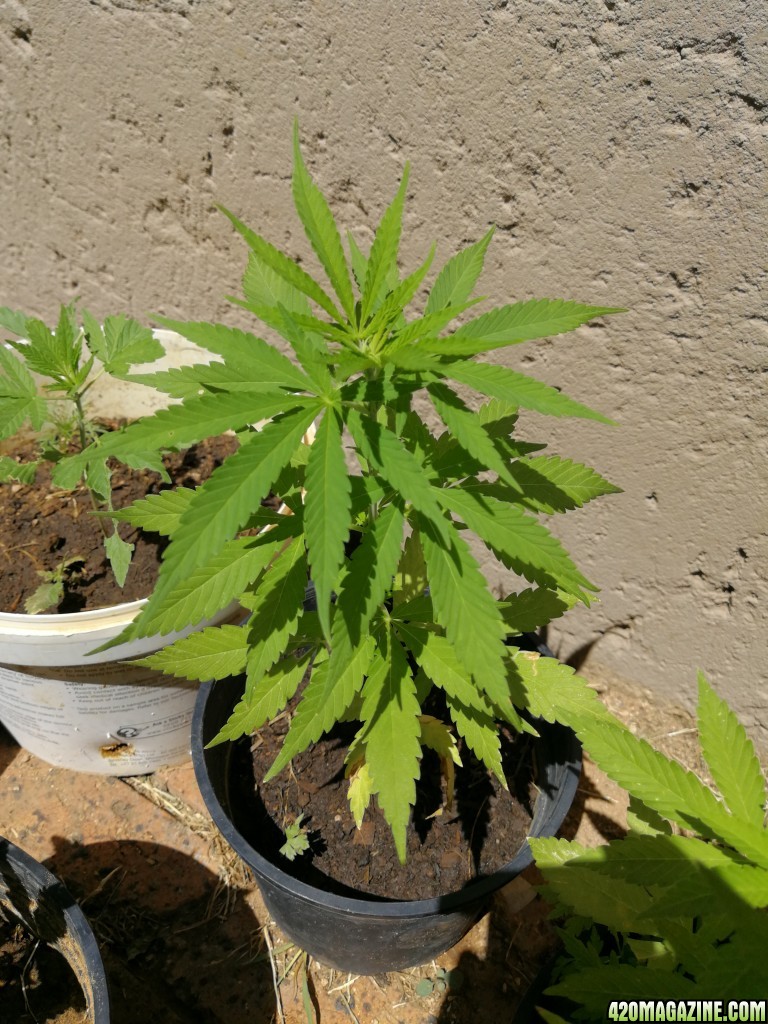
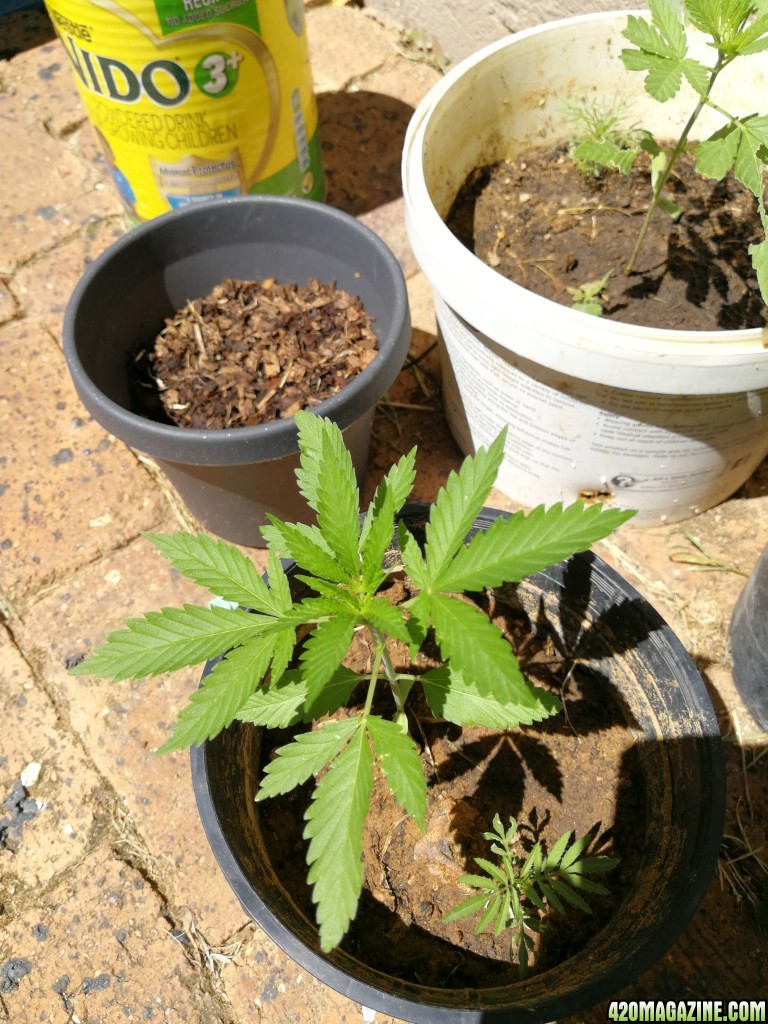
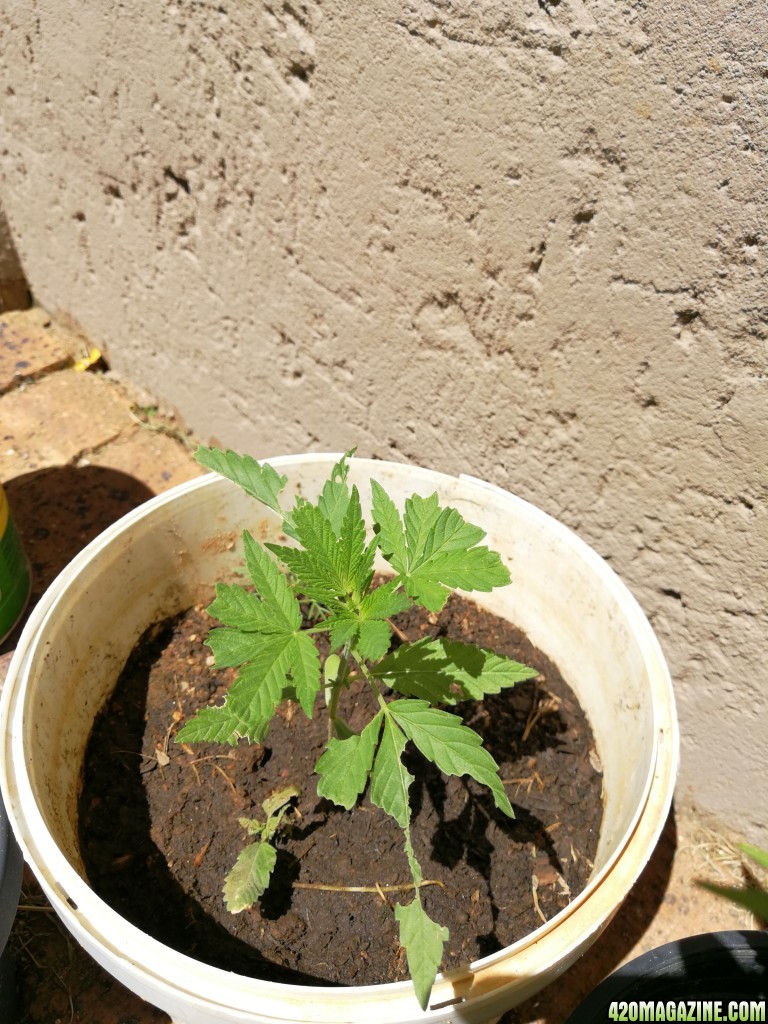
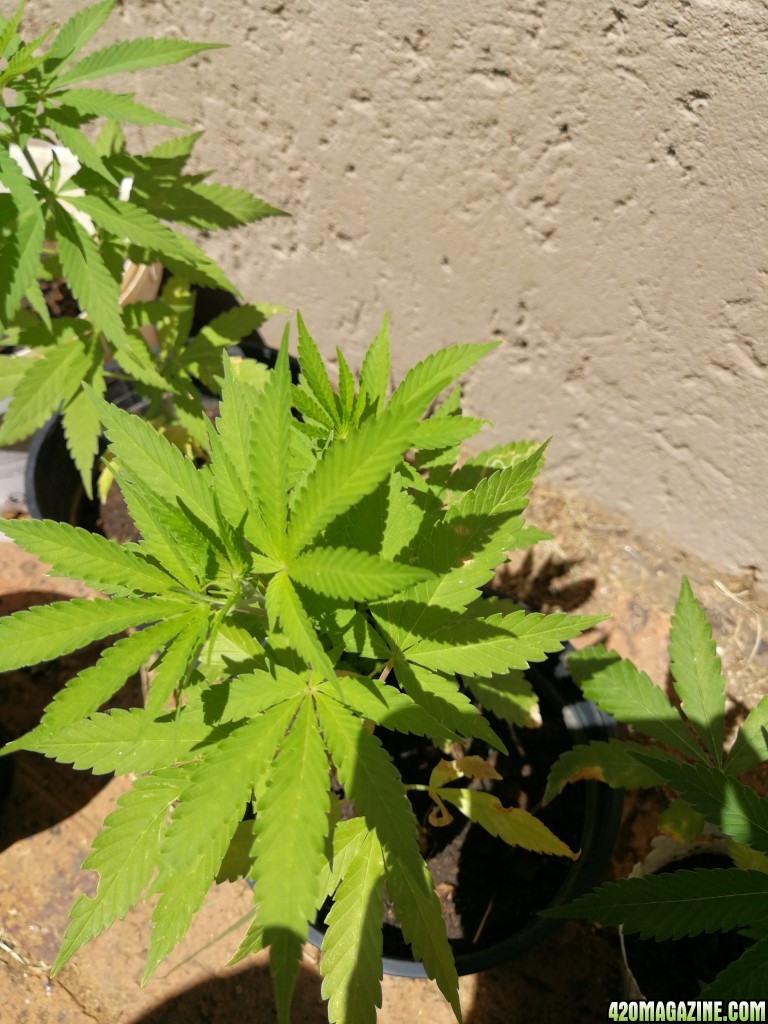
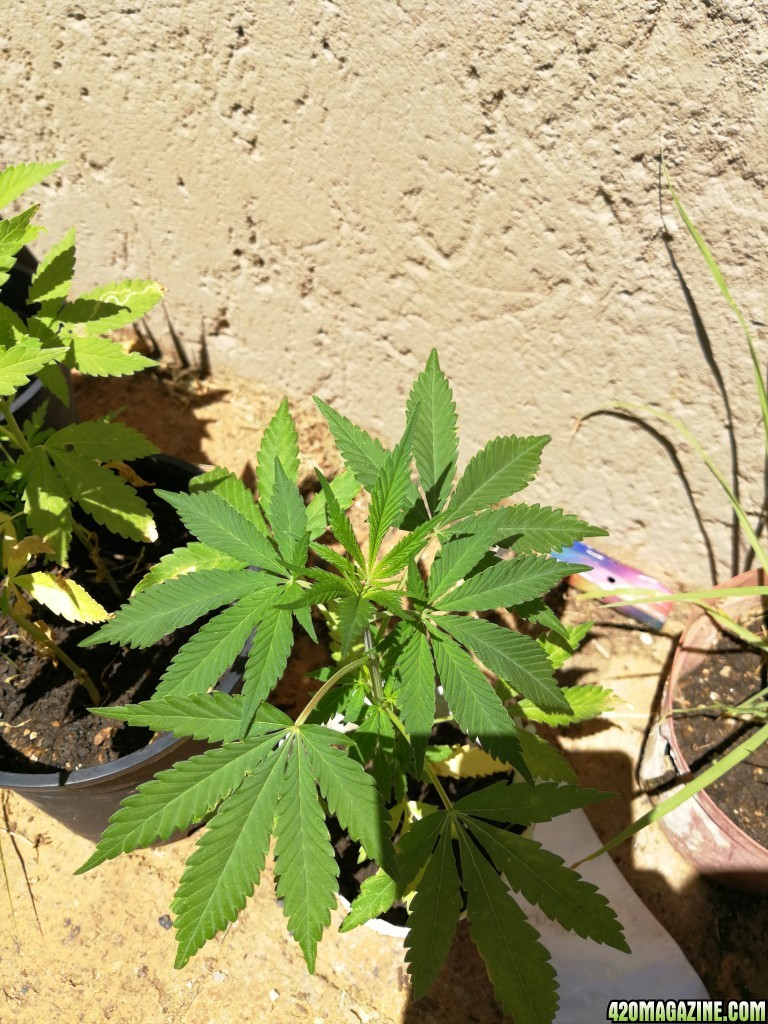
I just figured that they are larger than 1 litre pots, top diameter is 15cms,height of pot is 16cms and bottom diameter is 12.5cms.
So what advice would you give to me going forward? Please bear in mind that I have absolutely no budget at the moment. So I can't buy bigger pots or nutrients. Hopefully by the end of the month il be able to purchase something for the pH levels and magnesium as you stated and hopefully it won't cost me too much.
Ok so I repotted all my plants but back into the same pots and not bigger pots. I have started a journal that I will update as I understand this thread is not for that. Journal hasn't been moved yet as I still can't send a msg to the moderator as I have 8 posts and not 25,unless I'm doing something wrong.
PP Bagseed Outdoor Grow Journal - 2018
I mixed some new soil and repotted everything and in this process I found one plant that had some bug or maggots on the roots, there was 3 of them, got rid of them and got rid of the soil around the area and repotted. Here are pics of when I took each one out :
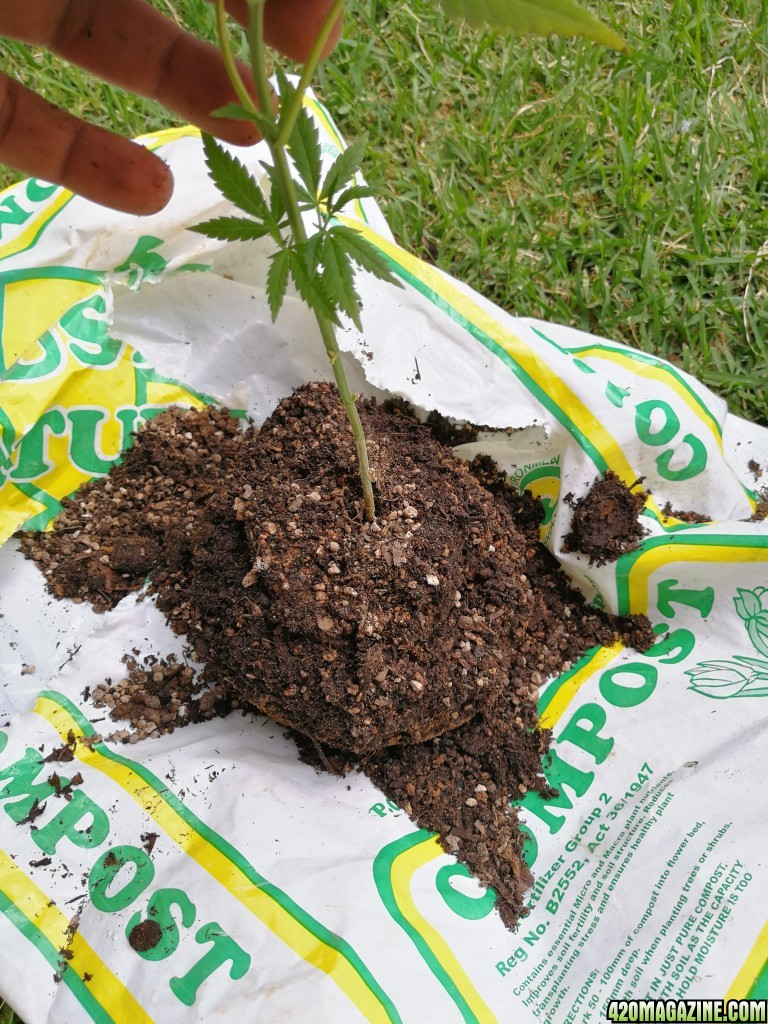
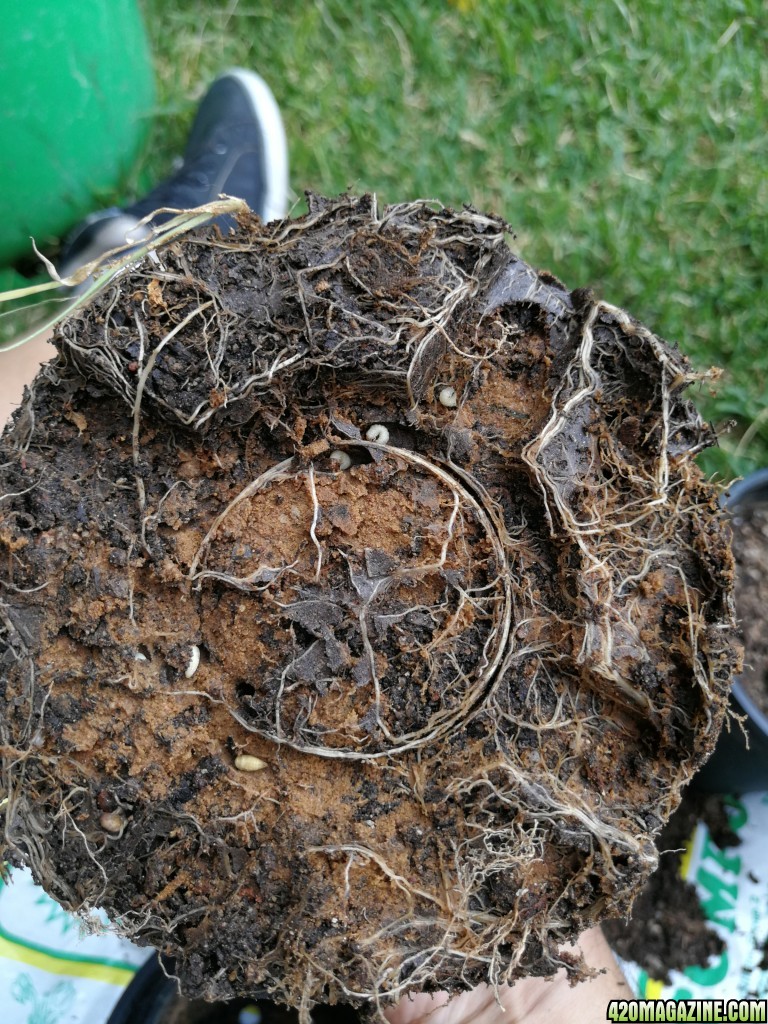
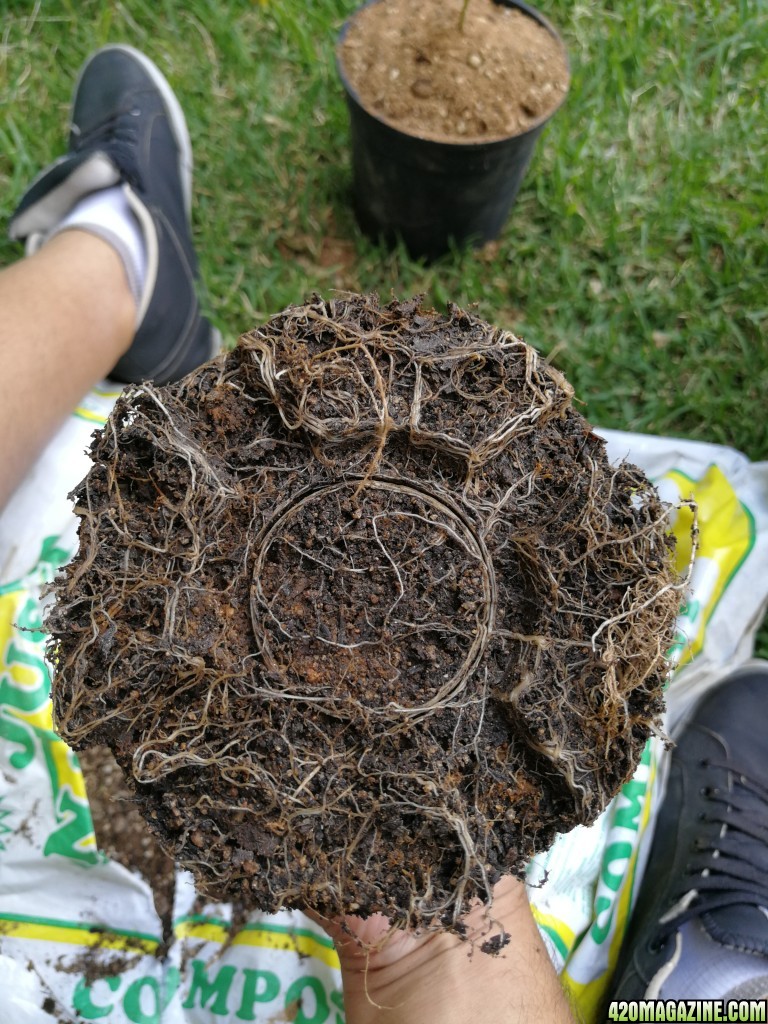
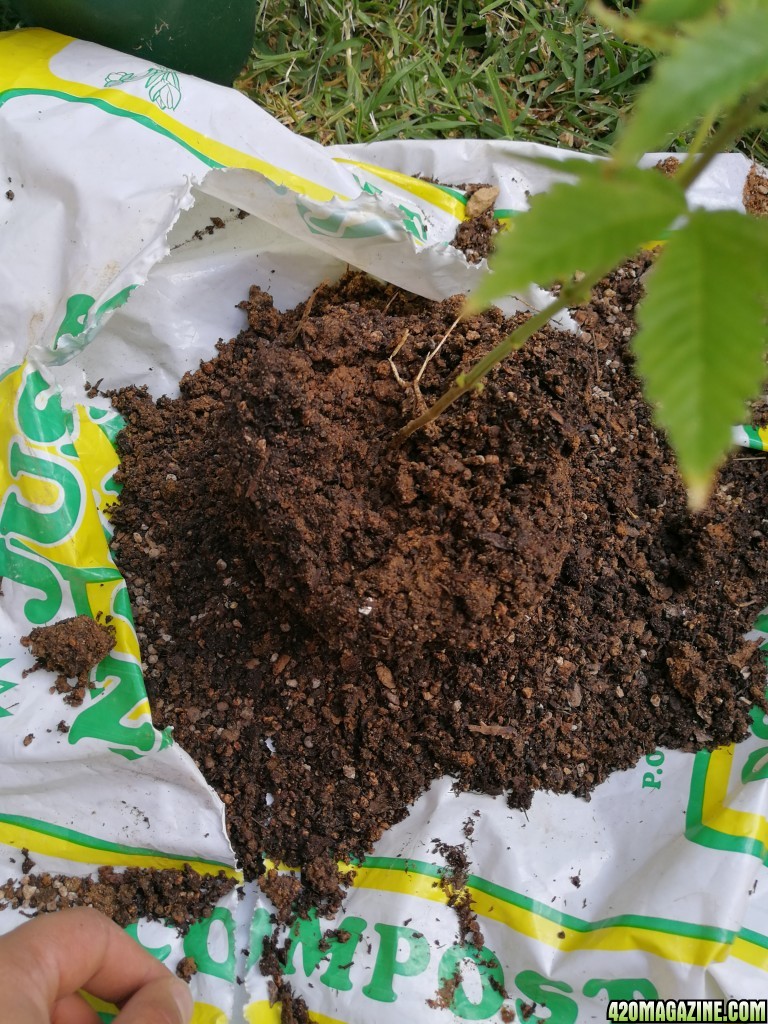
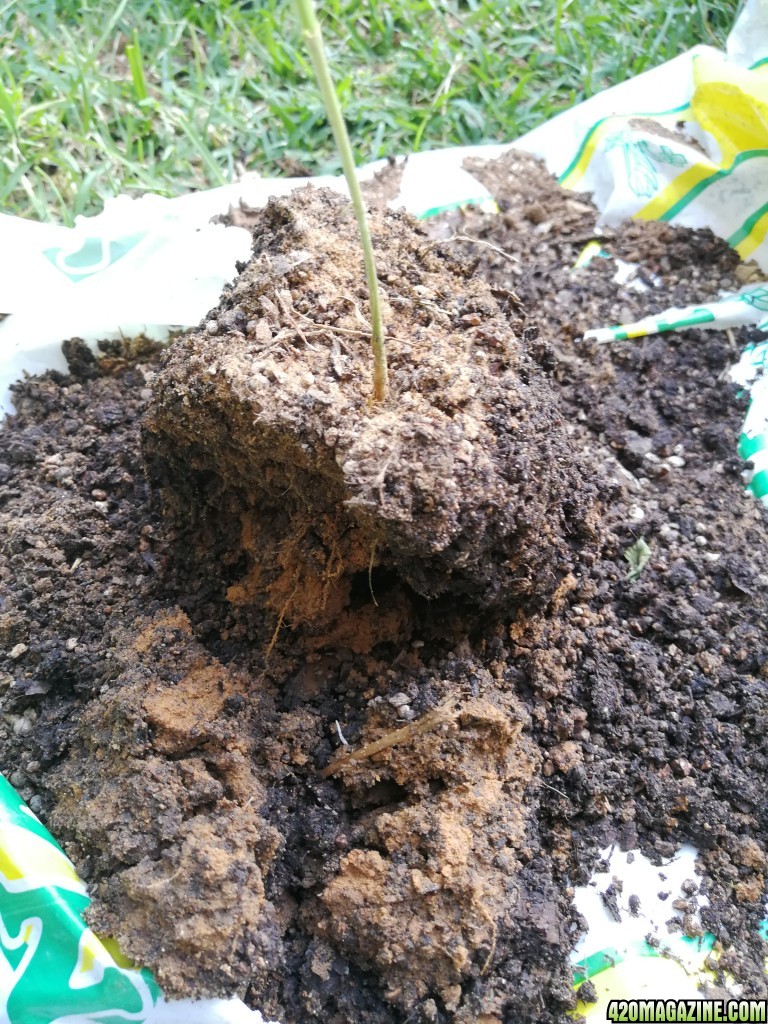
That's 5 pics, the 6th one was similar in a bigger pot, well a bucket, the white one in the other pics.
Here are pics after repotting:
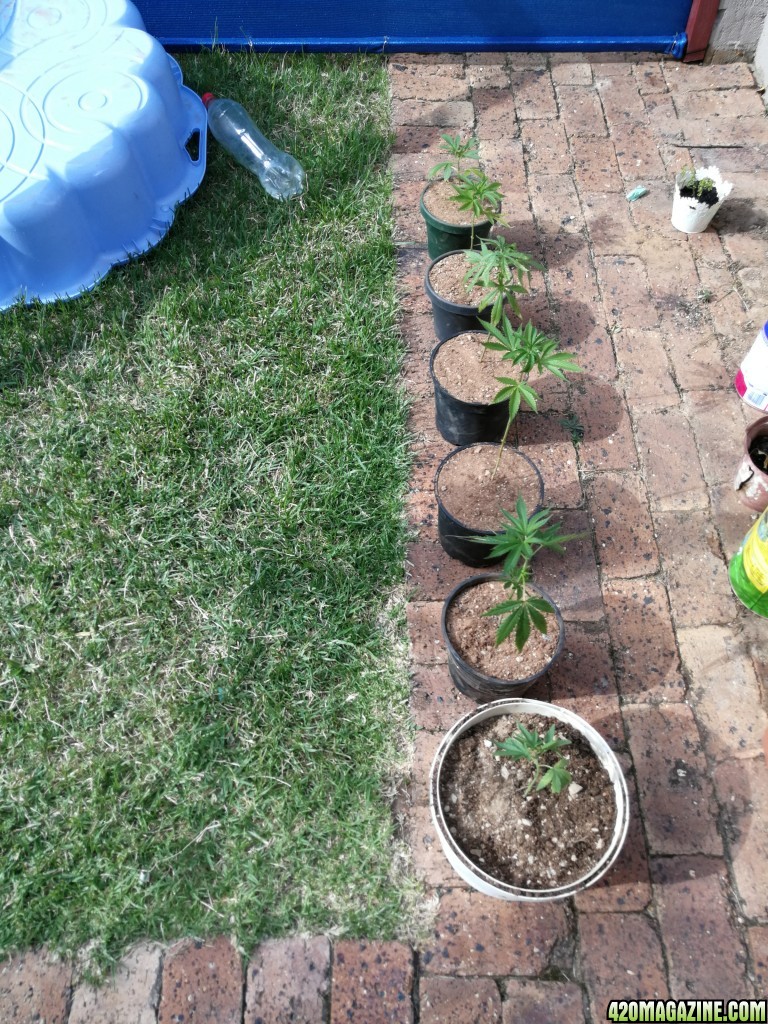
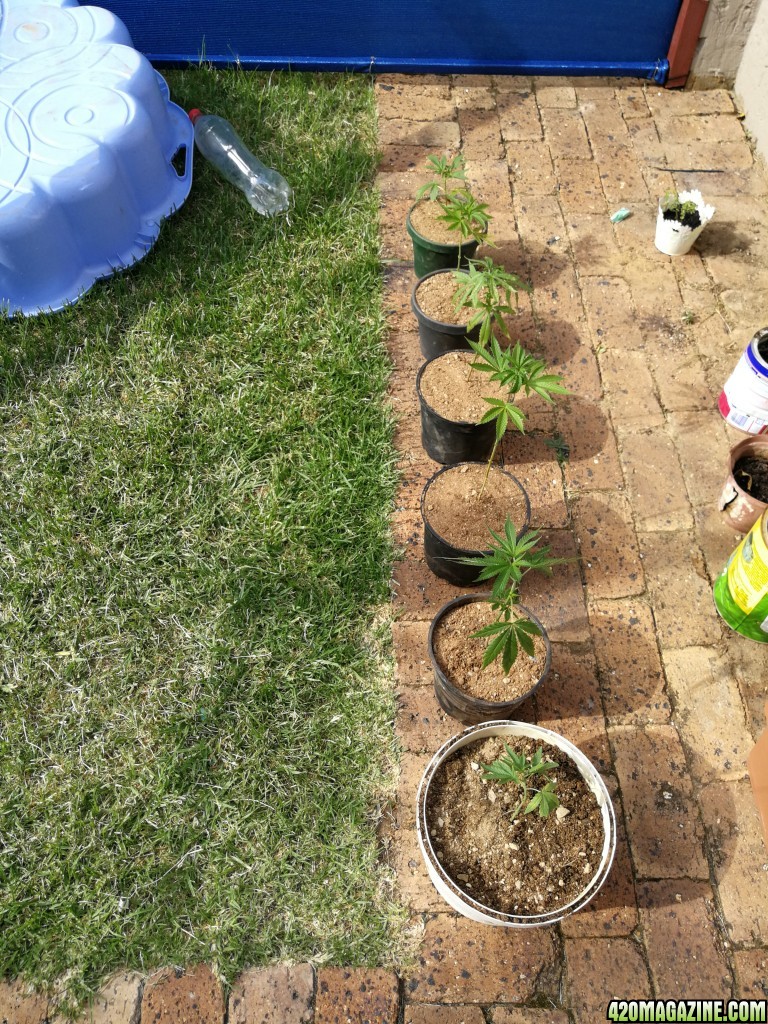
Then I gave them all a small dose of water, one at a time, just letting the water soak in, did it twice then i watered the centre only cos it's like a new pot with new soil, then i started from the outside and did each one till water went down. Gave it a 5 to 10 min break and did it again, then did it again and again till I saw runoff water. Then I poured a little down the centre again of each plant twice. Like a little. And this is how they all look after that:
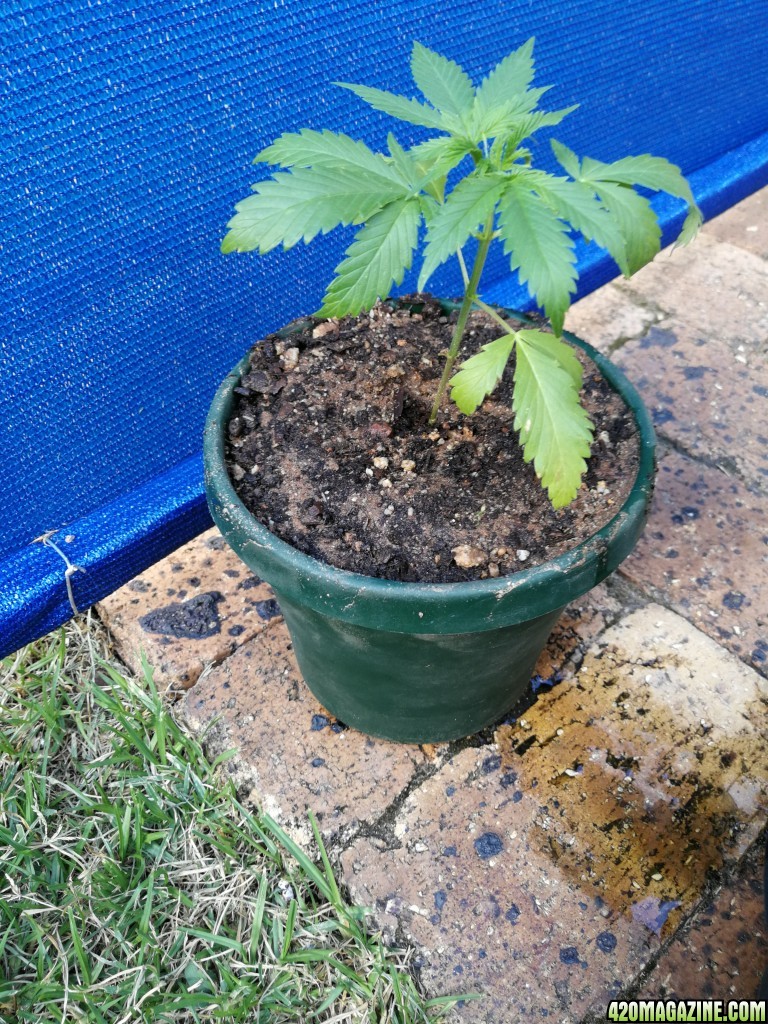
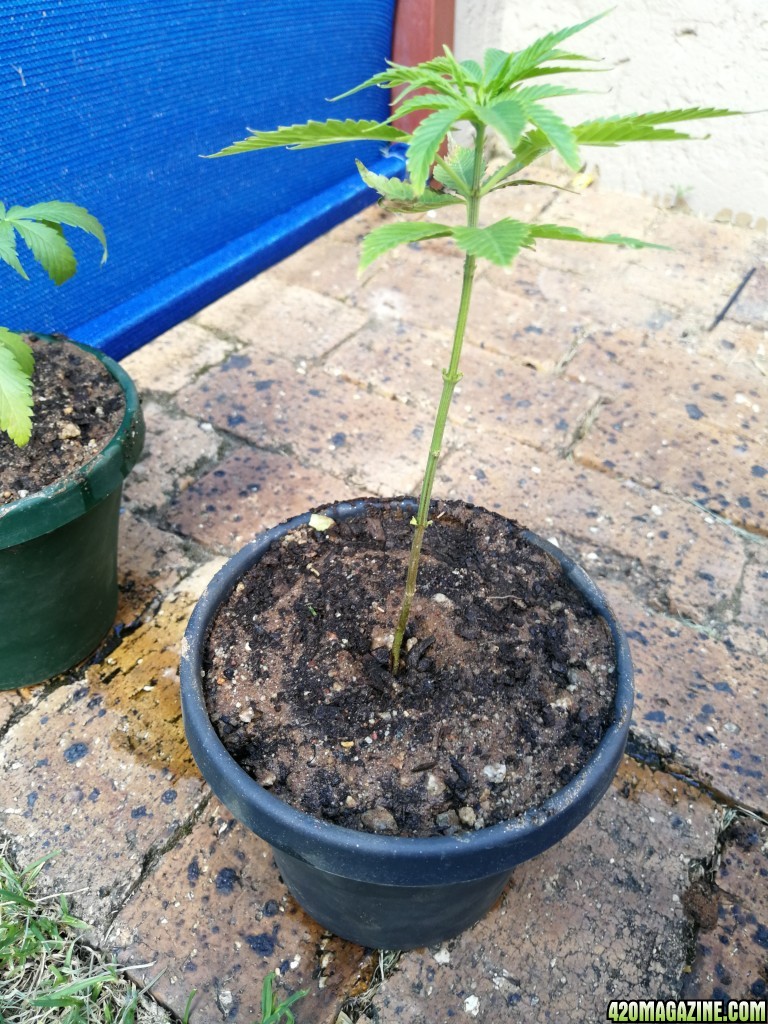
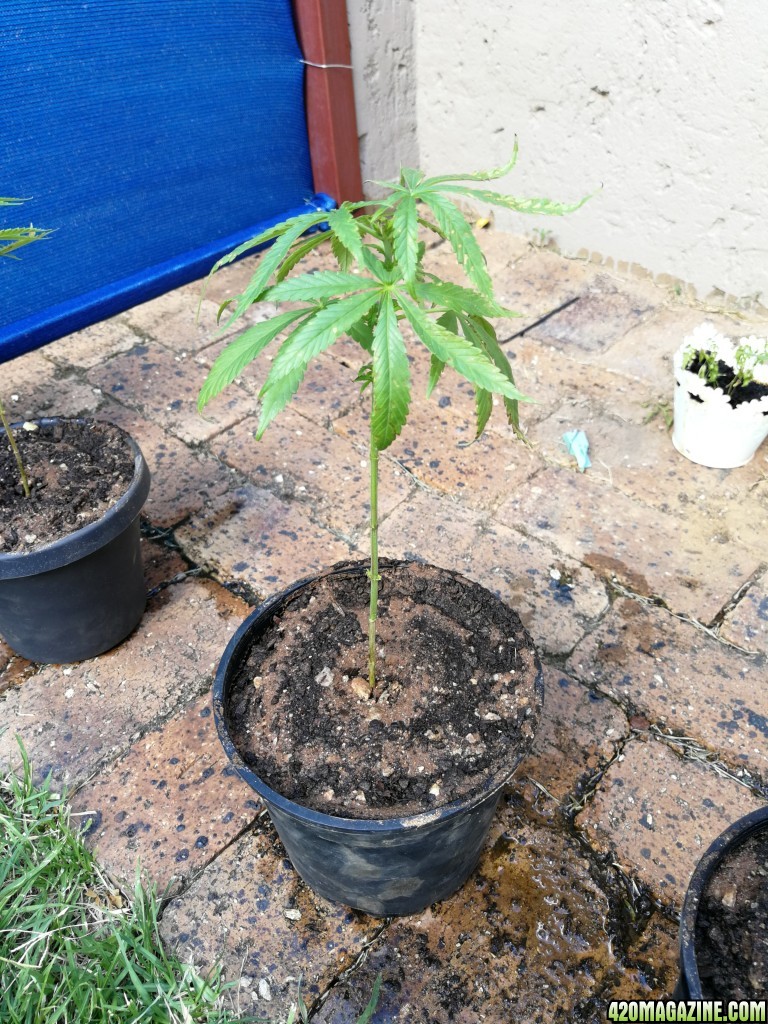
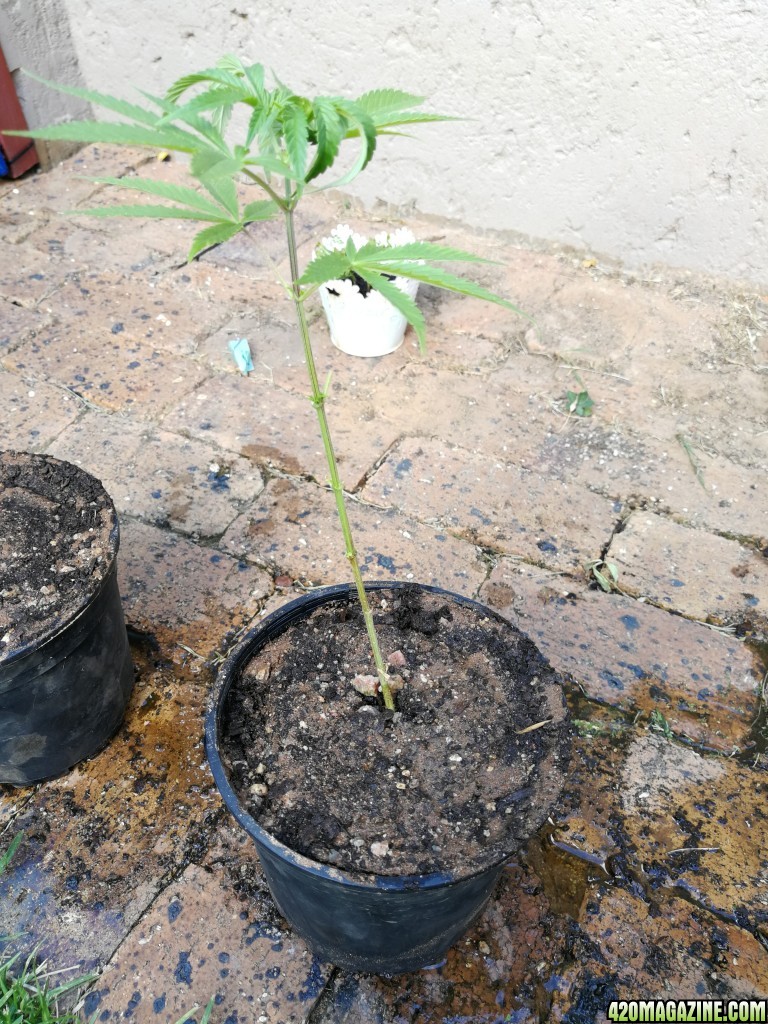
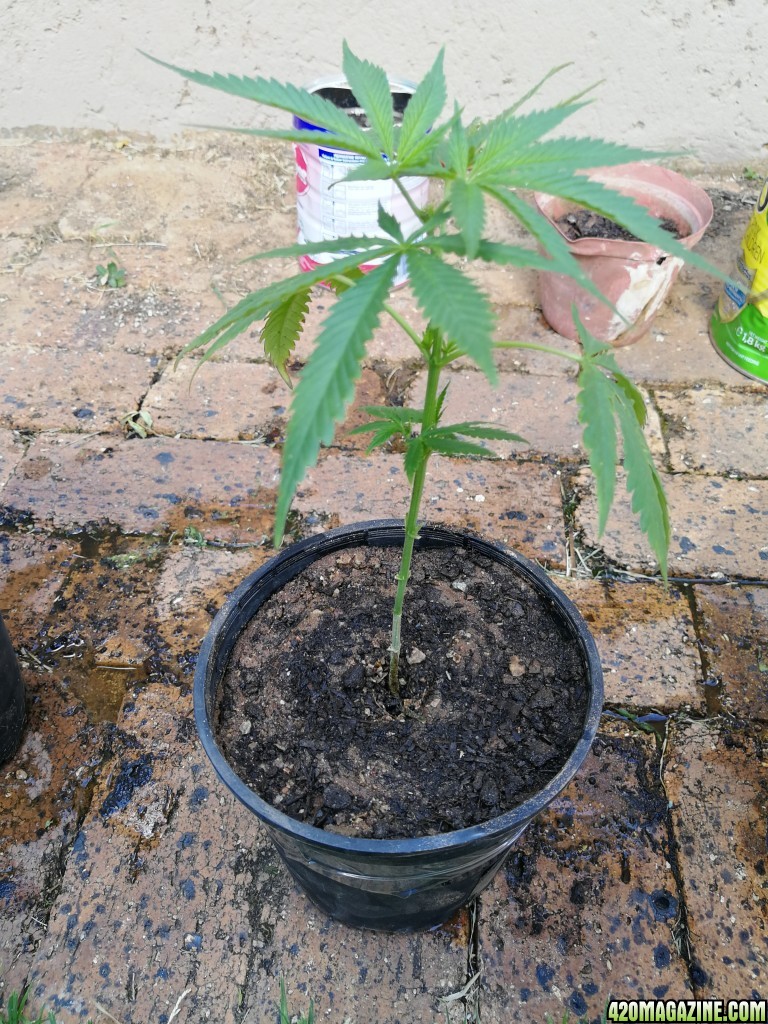
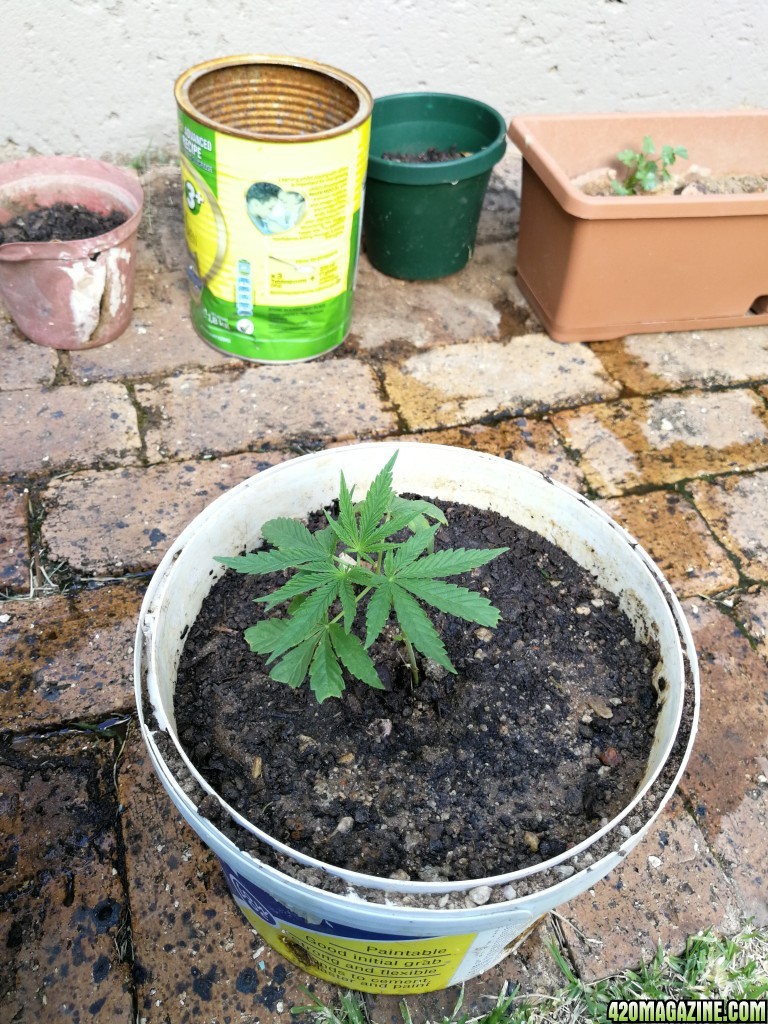
PP Bagseed Outdoor Grow Journal - 2018
I mixed some new soil and repotted everything and in this process I found one plant that had some bug or maggots on the roots, there was 3 of them, got rid of them and got rid of the soil around the area and repotted. Here are pics of when I took each one out :





That's 5 pics, the 6th one was similar in a bigger pot, well a bucket, the white one in the other pics.
Here are pics after repotting:


Then I gave them all a small dose of water, one at a time, just letting the water soak in, did it twice then i watered the centre only cos it's like a new pot with new soil, then i started from the outside and did each one till water went down. Gave it a 5 to 10 min break and did it again, then did it again and again till I saw runoff water. Then I poured a little down the centre again of each plant twice. Like a little. And this is how they all look after that:






- Thread starter
- #274
Emilya Green
Well-Known Member
I will look for your journal and will wait to see how they fare after the transplant. It looks like you are doing as well as you can with what you have onhand. Good luck, especially with the one that had the larvae in the roots. I can only imagine the difficulties you are having with the hot African sun and the ravenous bugs. Get that pH in check and I think you will have a good chance with these.
- Thread starter
- #275
Emilya Green
Well-Known Member
also, your pictures confirm a gradual from the bottom yellowing as your soil ran out of nitrogen. Good call with the plant stakes... that was exactly what they needed at the time. You probably could have saved them from being stripped if you had tried that a bit earlier.
also, your pictures confirm a gradual from the bottom yellowing as your soil ran out of nitrogen. Good call with the plant stakes... that was exactly what they needed at the time. You probably could have saved them from being stripped if you had tried that a bit earlier.
Thank you for that, really appreciate your input. Having some sort of knowledge of what operation I am trying to run lol what advice would you give? I will definitely try to adjust pH before I induce flowering. Did I water them enough? Is there any home made remedies to lower pH levels? When nitrogen runs out, what do I do?
- Thread starter
- #277
Emilya Green
Well-Known Member
They should be turning to flower mode in a month or so as days continue to get shorter down there... nitrogen is not going to be a problem soon and the dark green of your leaves shows me that they are getting plenty right now, if not too much. If you start seeing the bottom going yellow again before flowering starts, add another plant spike. If you watered them to saturation after transplanting, you watered them enough. Now let them be until they completely dry out, and expect about a 3 day stunting after your aggressive transplanting. Do not water again until they use all of that water... all the way to the bottom. Remember that you are not waiting for the containers to "dry out", you are waiting for the plants to be able to "use" all of that water. They will not all go at the same rate... so don't think that you necessarily can water them all at the same time. Those thriving the most will be the most thirsty.
Lowering pH is easy... any fruit juice is acidic... vinegar... pickling lime... The cheapest way to go is to get a $6 jug of battery acid from the auto store, and then replace one cup of a gallon of distilled water with one cup of battery acid. Shake well and you have a very economical 15:1 dilution of sulfuric acid, which will work very much like the pH down product you can buy commercially and which is totally safe to use. Be sure to give the pure battery acid respect though, and be very careful pouring it back into the gallon of water... wear goggles in case of splashback.
Lowering pH is easy... any fruit juice is acidic... vinegar... pickling lime... The cheapest way to go is to get a $6 jug of battery acid from the auto store, and then replace one cup of a gallon of distilled water with one cup of battery acid. Shake well and you have a very economical 15:1 dilution of sulfuric acid, which will work very much like the pH down product you can buy commercially and which is totally safe to use. Be sure to give the pure battery acid respect though, and be very careful pouring it back into the gallon of water... wear goggles in case of splashback.
Ok perfect, sounds good. Thank you so much. I a tally have about 350mls of distilled water that I used for a car battery, I can use that right? I also realized today that the heat is what's making them stretch so much as it has been going upto 34 degrees and I had the pots on the paving which gets hot, I felt the pots today and it was hot. So now I got them on the grass which is much cooler. Thinking of moving them in the shade as soon as it gets above 28 degrees outside. One month before flowering, sounds awesome. I'm assuming it will be best if I stick a stick or something right to the bottom of the pot to see if its wet or dry? I also added small pebbles at the bottom to allow better flow. With temperatures being so high I'm assuming the water will be dried out in a day or so but il wait and check. The next 3 or 4 days is gonna be perfect weather for the plants between 15 and 26 degrees and predicted rain. Ok so plant stick in a month or so until I start to flower. Il have to add a cover for flowering as the Lantz won't betting 13 hours of darkness. Got a setup in mind, just waiting for a friend to provide the materials. Thank you so much, you have no idea just how much you have helped!
- Thread starter
- #279
Emilya Green
Well-Known Member
you are right at 13.5 hours of sun right now in joburg... 10.5 hours of darkness. and on Feb 15 you will be at 11/13 Technically they could start flowering at any time. Plants have figured out when to flower out in the outdoors for a long time without our help... I think yours will too. Shelters are usually used because flowering needs to be hurried due to winter, cold temps and snow on the way immediately after summer. You will not have that problem in SA.
to deal with the pavement heat, get some cardboard or some wood and put that under them. Shade is not the answer, you need the sun to produce big buds.
The stretch you are seeing is no doubt the stretch that happens right before flowering. I give you about 2 weeks before they switch modes according to your descriptions.
Pebbles in the bottom are a bad idea, they actually collect moisture in the bottom due to capillary action. Best to let the soil do what it was designed to do with its carefully determined flow through rate.
Remember always that it is not the heat "drying out" your containers... it is the plants "using" the water. Prove this to yourself by watering a pot without a plant in it, and see how long it takes.
The stick to the bottom method works if you do it right, but it is best to just get an idea what a dry container feels like. A quick shove, lift of a corner or a nudge with a toe can usually tell you if the container still has water weight.
to deal with the pavement heat, get some cardboard or some wood and put that under them. Shade is not the answer, you need the sun to produce big buds.
The stretch you are seeing is no doubt the stretch that happens right before flowering. I give you about 2 weeks before they switch modes according to your descriptions.
Pebbles in the bottom are a bad idea, they actually collect moisture in the bottom due to capillary action. Best to let the soil do what it was designed to do with its carefully determined flow through rate.
Remember always that it is not the heat "drying out" your containers... it is the plants "using" the water. Prove this to yourself by watering a pot without a plant in it, and see how long it takes.
The stick to the bottom method works if you do it right, but it is best to just get an idea what a dry container feels like. A quick shove, lift of a corner or a nudge with a toe can usually tell you if the container still has water weight.
Ah yes, I can tell by the weight of the pot, but there is a little water in it at the bottom some times, that is ok right? Yip I'm in JHB so you spot on. I rather leave them on the grass, much more sun as well. Ok it's not really pebbles, it's small stones that were in the soil. So it doesn't have to be 12 hours of COMPLETE darkness?
Similar threads
- Replies
- 305
- Views
- 66K
- Replies
- 36
- Views
- 79K
- Replies
- 11
- Views
- 5K
- Replies
- 114
- Views
- 266K



